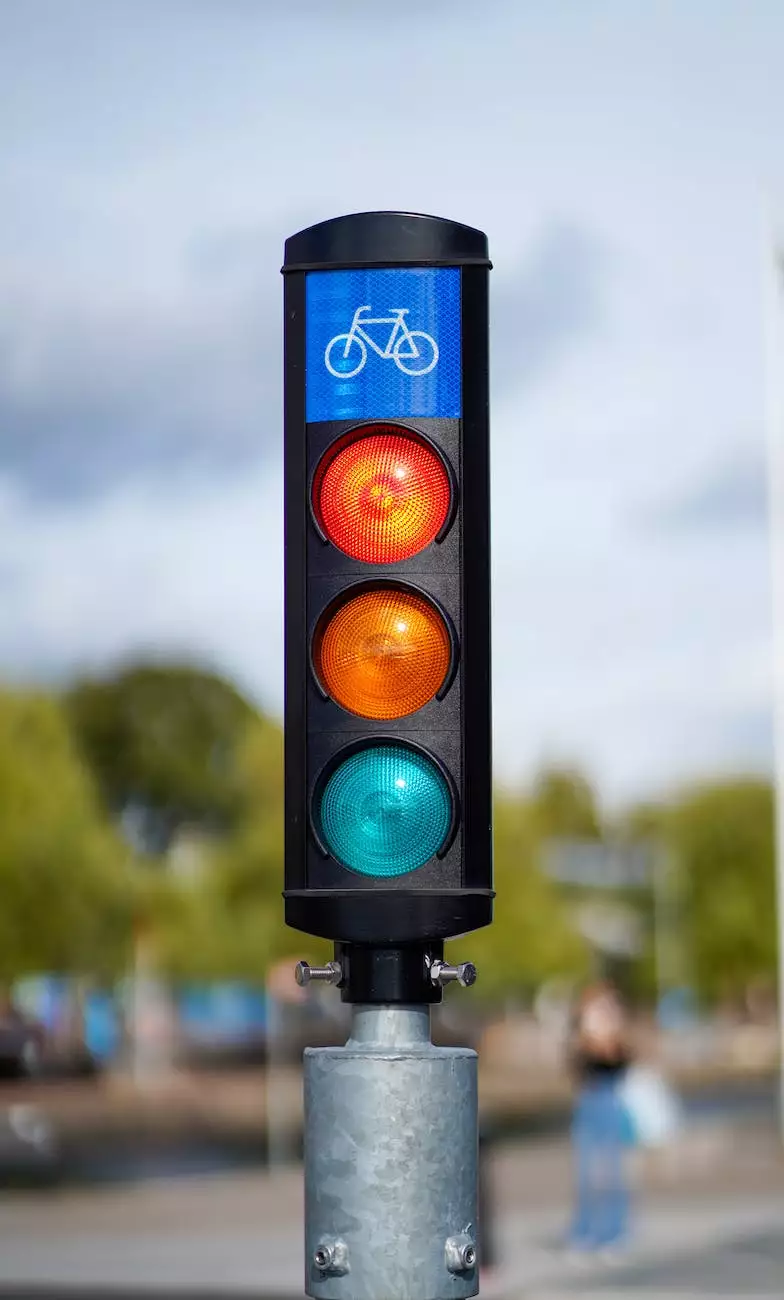Symptoms and Causes of Poor Circulation
Heart Health
The Impact of Poor Circulation on Overall Health
Poor circulation is a prevalent health concern that affects millions of people worldwide. It refers to a condition where there is inadequate blood flow throughout the body, leading to various symptoms and potential complications. Understanding the symptoms and causes of poor circulation is crucial to identify the underlying issues and seek appropriate treatment. Bowling Orthopaedics is dedicated to providing comprehensive information about this condition to help individuals improve their quality of life and overall well-being.
Signs and Symptoms of Poor Circulation
Poor circulation often manifests through a range of symptoms that may vary from person to person. It is essential to recognize these signs early on to prevent further complications. Some common symptoms include:
- Numbness and Tingling: A sensation of numbness or tingling, especially in the extremities, is a typical symptom of poor circulation.
- Swelling: Fluid retention and swelling in the legs, ankles, and feet can indicate compromised blood flow.
- Cramping and Pain: Muscle cramps, especially during physical activity, accompanied by a persistent dull or throbbing pain, can be signs of poor circulation.
- Changes in Skin: Discoloration, coolness, or thinning of the skin, particularly in the affected areas, is often associated with poor circulation.
- Slow Healing: Wounds and injuries taking an extended time to heal may be due to reduced blood flow.
- Fatigue and Weakness: Persistent fatigue and weakness, even after adequate rest, can be attributed to poor circulation.
Causes of Poor Circulation
Understanding the underlying causes of poor circulation is crucial in managing and preventing this condition. Several factors contribute to reduced blood flow throughout the body. Some common causes include:
Lifestyle Factors
Unhealthy lifestyle choices significantly impact circulatory health. Sedentary habits, a lack of physical activity, smoking, excessive alcohol consumption, and a diet high in saturated fats and cholesterol can all contribute to poor circulation. Adopting a healthier lifestyle can help improve blood flow and overall cardiovascular health.
Medical Conditions
Various medical conditions can lead to poor circulation. Conditions such as diabetes, obesity, hypertension, and peripheral artery disease (PAD) can directly impact blood flow and increase the risk of circulatory problems. Managing these underlying medical conditions is crucial in addressing poor circulation.
Peripheral Artery Disease (PAD)
PAD occurs when there is a narrowing or blockage in the blood vessels outside the heart, commonly affecting the legs and feet. This condition restricts blood flow and can cause discomfort, pain, and other symptoms associated with poor circulation.
Deep Vein Thrombosis (DVT)
DVT refers to the formation of blood clots in deep veins, primarily in the legs. These clots can partially or completely block blood flow, leading to poor circulation and an increased risk of complications. Prompt medical attention is necessary to prevent further complications.
Smoking
Smoking damages blood vessels and reduces their elasticity, resulting in reduced blood flow. It is a major contributing factor to poor circulation and significantly impacts overall cardiovascular health. Quitting smoking is crucial for improving circulation and overall well-being.
Managing and Improving Circulatory Health
While poor circulation can have significant consequences, there are steps individuals can take to manage and improve their circulatory health. Here are some strategies that can make a positive impact:
Regular Exercise
Engaging in regular physical activity, such as walking, jogging, or cycling, can help improve blood flow and overall cardiovascular health. Physical exercise stimulates circulation, strengthens the heart, and reduces the risk of circulatory problems.
Healthy Diet
A nutritious diet plays a crucial role in maintaining optimal circulatory health. Including foods rich in fiber, antioxidants, and essential vitamins and minerals can support healthy blood flow. It is important to reduce the consumption of processed foods, excessive salt, and saturated fats.
Quitting Smoking
If you are a smoker, quitting can have a significant positive impact on your circulatory health. Seek support from healthcare professionals or support groups to help you successfully quit smoking and improve blood flow.
Proper Hydration
Staying adequately hydrated is essential for optimal circulation. Drinking an adequate amount of water throughout the day helps maintain blood volume, ensuring smoother blood flow.
Avoiding Prolonged Sitting or Standing
Individuals with poor circulation should avoid prolonged periods of sitting or standing without movement. Regularly change positions, stretch, and take short walks to promote blood flow.
When to Seek Medical Attention
While lifestyle modifications can significantly improve circulation for many individuals, it is important to consult with a healthcare professional for a comprehensive evaluation and guidance. Seek medical attention if you experience severe pain, open sores or wounds, persistent swelling, or any other concerning symptoms.
Conclusion
Understanding the symptoms and causes of poor circulation is crucial for identifying potential issues and taking appropriate measures. By adopting a healthy lifestyle, managing underlying medical conditions, and seeking appropriate medical attention when necessary, individuals can effectively improve their circulatory health and overall well-being. Bowling Orthopaedics is committed to providing valuable information and resources to individuals seeking guidance on maintaining and improving their circulatory health.










